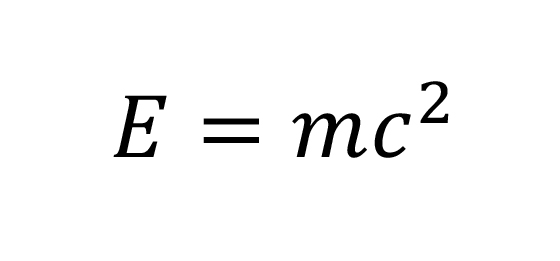“Cold on the right; hot on the left” is a jab that is not particularly endearing to plumbing engineers. If it were ever uttered, it’s usually in the context that the task at hand is very easy. I will be the first to admit that the phrase stresses me out sometimes, lest I forget it. I always like to add “don’t forget waste down and stink up!”
From what I have seen in the field of engineering, what is easy is letting things get complicated. We seem to be pretty good at making things complicated; just get a few of us in the room together and watch what happens. I would consider details like faucet orientation as simple, something different than easy, and simplicity requires effort.
One of the greatest benefits of focusing on simplicity is that you can leave some room in your mind for seeing the bigger picture. Over the years, I have wondered about the waste down portion of our simple mantra. Once I learned about how much water weighed, it made me think about the amount of energy required to elevate its potential energy, as well as the potential energy lost as water goes down the drain. Adding potential and pressure energy to water is a particular issue with water recovery systems. Examples include rainwater, clear water, blow down and greywater.
As exciting as water recovery systems are to design, there is the cost of energy required to collect, treat and re-pressurize the collected water. This cost should be accounted for in the pay-back analysis.

Where the cost in dollars is determined by inputting the flow rate (Q), total dynamic head (h), cost of electricity in kWh (c), and pump and motor efficiencies (eff). Let us say we wanted to collect some wastewater for re-use in a cooling tower. It might include some rainwater and reject from a reverse osmosis system. I have worked with HVAC engineers in the past who have shown me that cooling towers can use many thousands of gallons a day. So, it is safe to assume that we could operate a “make-up” pump for a solid hour. A pump operating at 100 gpm would transfer 6,000 gallons in one hour. If the cooling tower were on the roof of a nine-story building, it would need to pump up about 135 feet from the ground floor. If we add another 30 psi to overcome other losses such as friction, our total dynamic head would be about 200 feet.

Then we can get the hourly cost in electricity to operate the pump, which would come out to:

Or, about the cost to run a load of laundry at the laundromat. Contrast that with the cost to purchase water, which could be around $2 per 1,000 gallons. So, in our case, 6,000 gallons of water would cost about $12, while the cost of electricity to pump that water is about $1.25. Before adding in the equipment and maintenance costs, our payback is not looking so bad.
The thing that has always been in the back of mind as far as the conservation of energy is: How can we capture the energy of falling water? There are already systems that create electricity from the rise and fall of oceanic tides. When you think about the 6,000 gallons of water that we collected for cooling tower make-up, why couldn’t we convert the energy as it fell 135 feet into our collection tank? The 6,000 gallons has a total weight of 50,000 pounds, or 25 tons! I understand as well as anyone that wastewater can’t just sit around or be conveyed through mechanical turbines (that would be messy) but still, innovation needs to start somewhere, and it can start with us as we design our building systems of the future.
I did some research into what equation we would use to convert mass into energy. What came up surprised me a little, as it might surprise you. The equation for converting mass to energy is none other than Einstein’s Theory of Relativity:
 Where energy is equal to mass times the speed of light squared. For our purposes, the mass from our collected water is 50,000 pounds. Now, light travels at an astonishing rate of 186,000 miles per second. If you square 186,000 and multiply it by 50,000, we come up with a gravitational potential energy of:
Where energy is equal to mass times the speed of light squared. For our purposes, the mass from our collected water is 50,000 pounds. Now, light travels at an astonishing rate of 186,000 miles per second. If you square 186,000 and multiply it by 50,000, we come up with a gravitational potential energy of:

To put it simply, that equates to about 2 quintillion Btu or 300 trillion megawatts, enough to power New York City for many thousands of years. I realize that this is great oversimplification of how energy is converted and utilized. There are many challenges involved with extracting energy at the atomic level and regulating its distribution. As we study and learn about technologies that already exist, such as those that utilize Hydrogen energy, we can begin to imagine applying them into our future built environment. For now, any of these space age technologies probably has a simple payback on the same order as the speed of light.
I’m not going to pretend to understand Einstein’s Theory of Relativity, but I will say that I do find it interesting and inspiring. Another thing that stands out about it is how simple it looks, yet somehow it isn’t. Sometimes, it seems like it is more work to keep things simple than it is to take the easy way and let things get complicated. If we focus on the simple details, our designs and construction projects may be less compounded and overburdened. Next time somebody reminds me how easy my job is: “Cold on the right; hot on the left” I might change my response and remind them that, “Everything is relative.”


